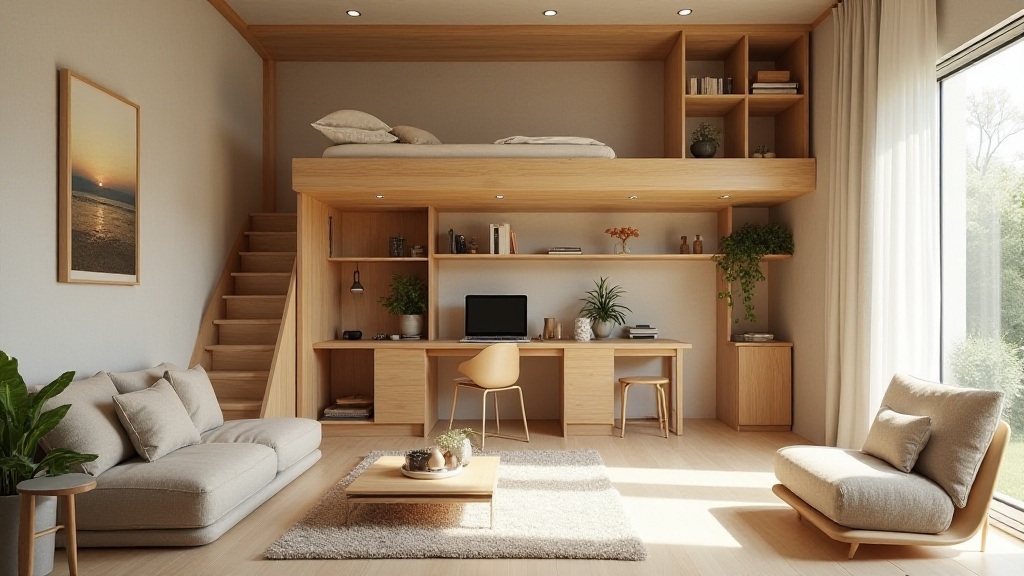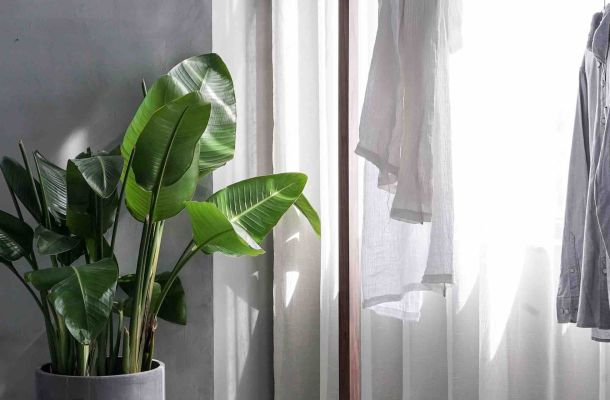With urbanization on the rise and real estate prices soaring, compact living spaces have become a popular option for many. However, living in a smaller home doesn't mean sacrificing comfort, style, or functionality. The key lies in creative and thoughtful design solutions that make the most of every square foot. Whether you're a city dweller or a professional in the field of architecture, interior design, or building, mastering the art of designing for compact spaces can turn even the smallest home into a haven.
In this article, we'll explore the design strategies that are shaping the future of compact living, focusing on affordability, sustainability, and smart space utilization.
The Growing Demand for Smaller Homes
Urbanization is reshaping the way we live. The United Nations predicts that by 2050, 68% of the global population will reside in urban areas, driving demand for smaller homes. Cities like New York, Tokyo, and Mumbai already exemplify this trend, where residents are choosing smaller living spaces due to rising rents and limited availability.
This shift isn’t just a necessity; it’s increasingly becoming a lifestyle choice. As living spaces shrink, the demand for innovative design solutions that make these compact homes both functional and beautiful continues to grow.
Affordability and Space Efficiency
In many metropolitan areas, compact living spaces offer a cost-effective solution. For instance, rents in cities such as Bengaluru and Hyderabad in India rose by 11% to 15% between 2022 and 2023, making smaller, more affordable homes a necessity for many residents. However, affordability doesn't have to mean compromise.
Smart Design Tip: Investing in multifunctional furniture can maximize your home’s usability without requiring more square footage. Fold-out desks, storage beds, and extendable dining tables are just a few examples of furniture that can serve multiple purposes. As demand for such space-saving solutions grows, the global market for multifunctional furniture is expected to increase by $5.69 billion by 2026.

Sustainability in Compact Living
Compact living isn't just about affordability—it also aligns with the growing trend toward sustainability. Smaller homes have a significantly lower environmental impact, consuming 45% less energy compared to larger homes, according to studies by the U.S. Department of Energy. Additionally, reducing your home’s size also reduces your carbon footprint, furthering your commitment to an eco-friendly lifestyle.
Smart Design Tip: Vertical storage solutions can significantly increase usable space while maintaining a small footprint. For example, adding shelving up to the ceiling can increase usable space by up to 20%. This clever use of vertical space not only enhances storage capacity but also keeps the floor area free, creating a more open and organized environment.
The Minimalist Mindset
Minimalism goes hand-in-hand with compact living. A 2021 survey found that 60% of millennials prefer minimalistic homes for their ease of maintenance and clutter-free appeal. With smaller spaces, it's easier to embrace this lifestyle, focusing on fewer but higher-quality items that serve multiple purposes.
Smart Design Tip: Incorporate hidden storage into your home’s design. From staircases with built-in compartments to ottomans and benches that double as storage units, hidden storage solutions can declutter your space while providing much-needed functionality. According to Furniture Today, recent innovations in furniture design have resulted in a 35% increase in space utilization through hidden storage.

Creating the Illusion of Space
Designing a compact living space is as much about perception as it is about functionality. Light, colors, and layout can dramatically alter how a space feels.
Smart Design Tip: Natural light is one of the most effective ways to make a small space feel larger. Homes with ample natural light can appear up to 30% bigger. Consider installing large windows or using mirrors to reflect light and make rooms feel more expansive. Additionally, lighter color palettes—such as whites, beiges, and pastels—can create the illusion of more space. Studies suggest that light-colored walls can make rooms feel 10-20% larger.
Modular and Adaptable Solutions: The Future of Compact Living
As urbanization continues to shape the way we live, the design industry is responding with modular and adaptable homes. These innovative designs allow homes to evolve with the needs of their occupants. According to Grand View Research, the global market for modular and adaptable homes is projected to grow at 6.5% annually between 2021 and 2028.
Modular designs offer flexibility—an essential feature in compact living. Whether it’s a foldable staircase, a lofted bed, or modular furniture that adapts to different spaces, these solutions are redefining how we think about home design.
Smart Design Tip: Opt for furniture and home elements that can be adapted or customized to fit your space. Modular homes and furniture provide flexibility and can be rearranged or adjusted as your needs change, offering a long-term solution for growing families or evolving lifestyles.

Conclusion: Compact Living, Big Impact
Compact living isn’t just a trend; it’s a sustainable, affordable, and increasingly desirable way of life. By embracing smart design solutions, smaller homes can offer all the functionality and comfort of larger spaces while promoting a minimalist, eco-friendly lifestyle. Whether you're a designer, builder, or homeowner, these strategies can transform how you approach compact spaces, making the most out of every inch without compromising on style.
The future of living is compact—and with the right design strategies, less truly can be more.
Latest Articles

Home Trends of the Year

